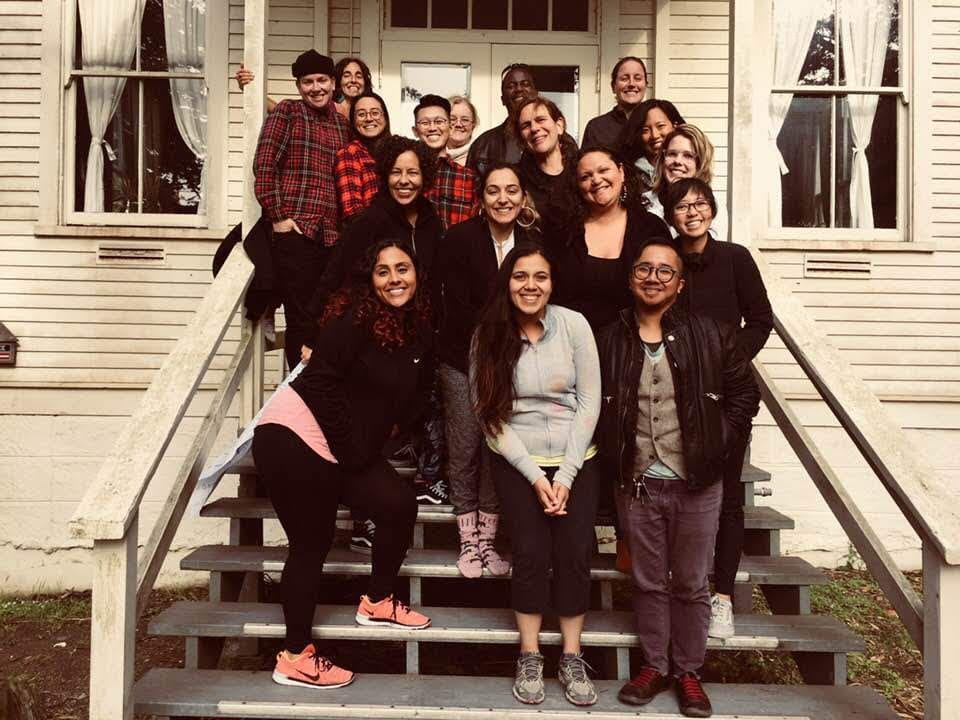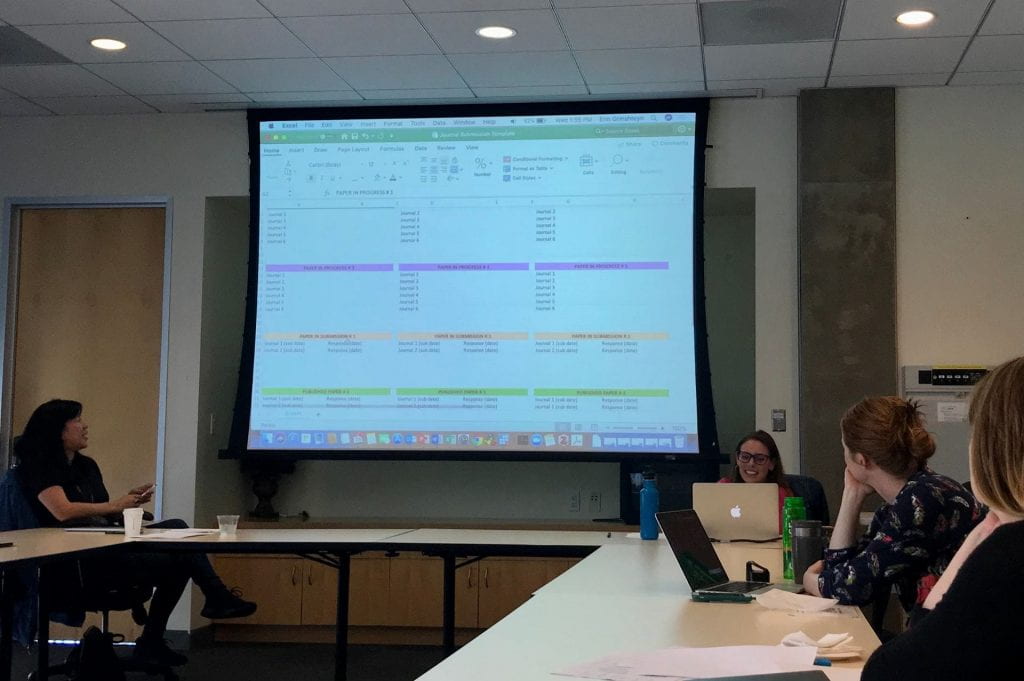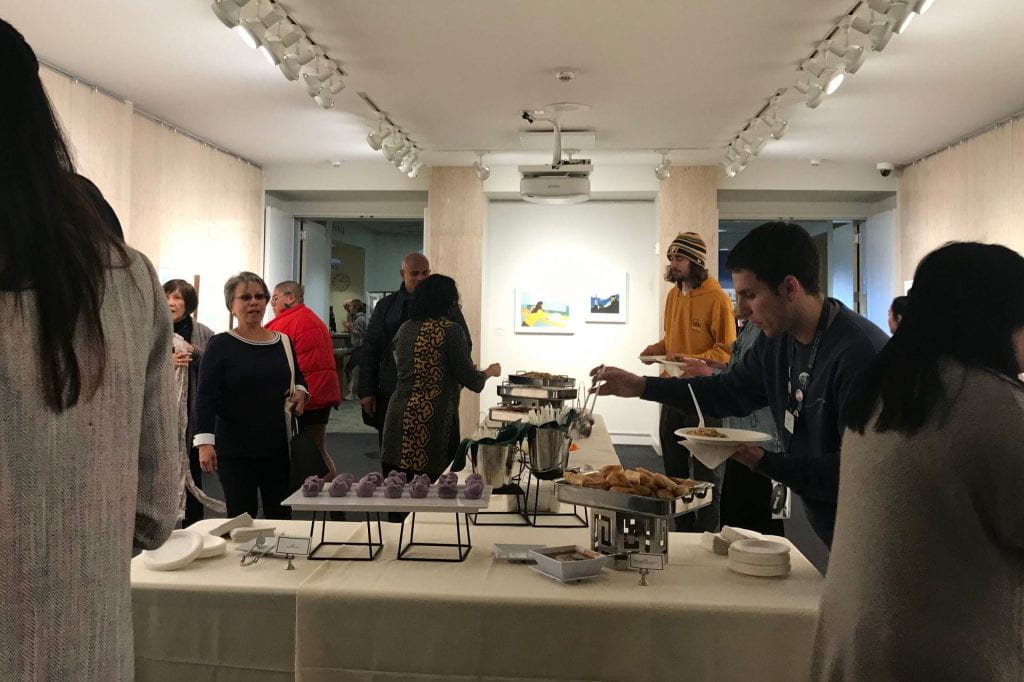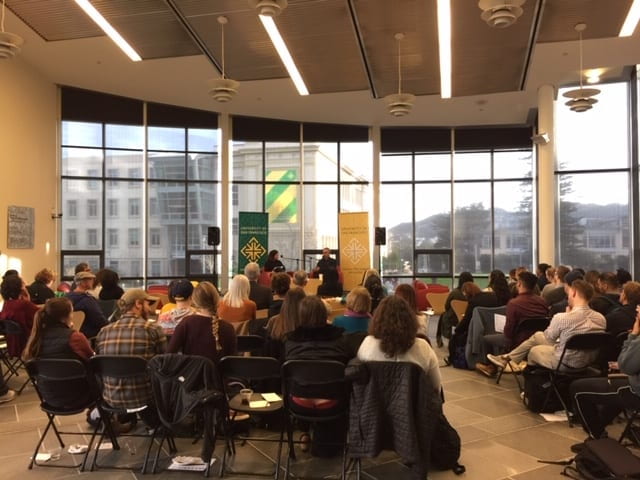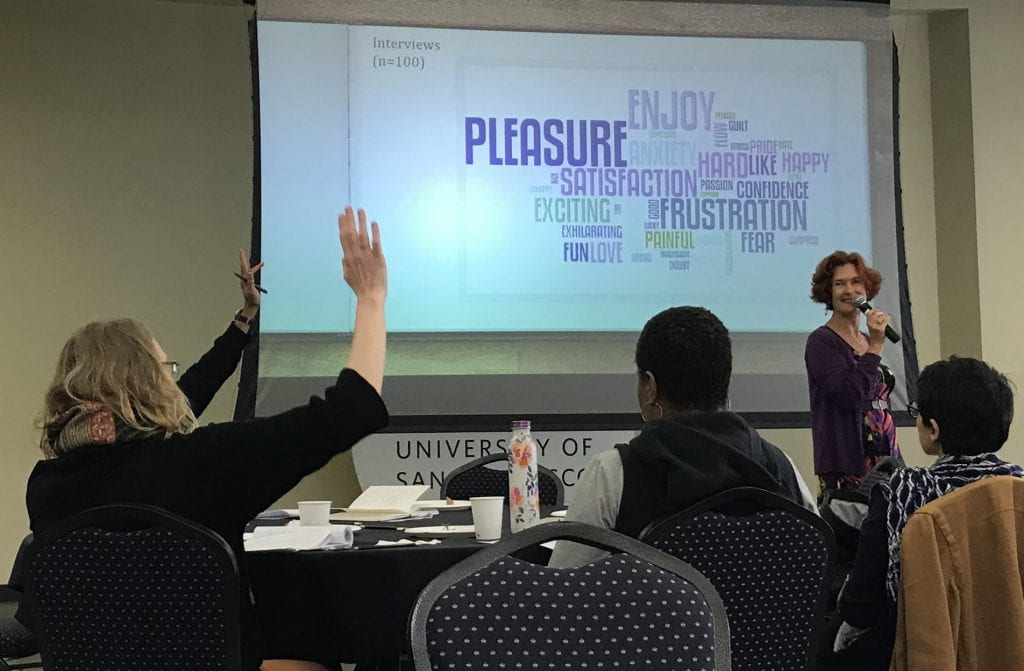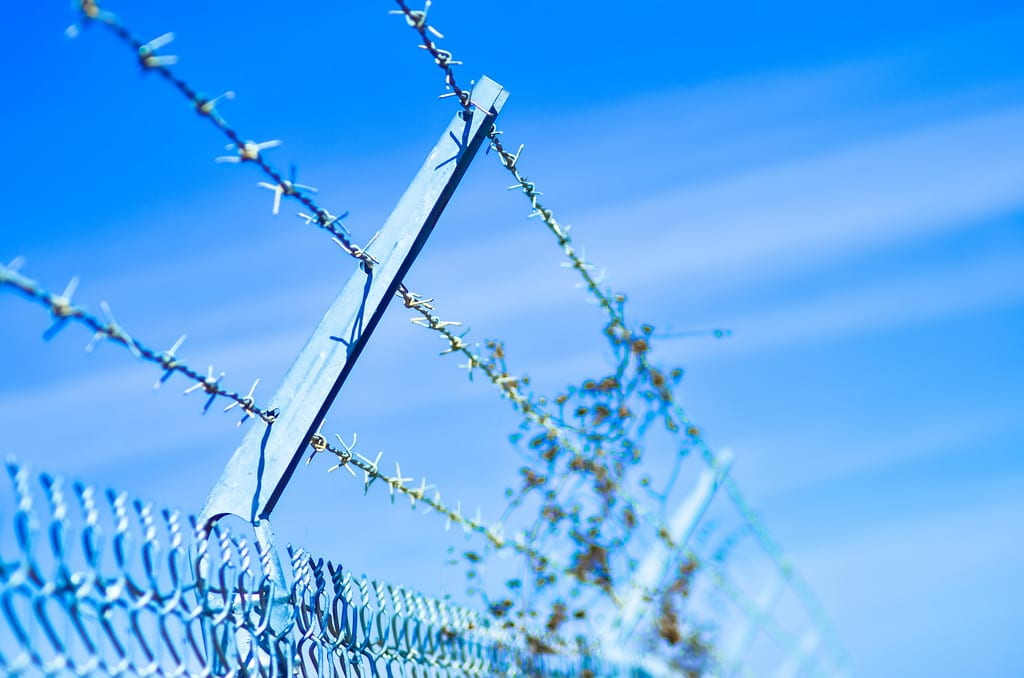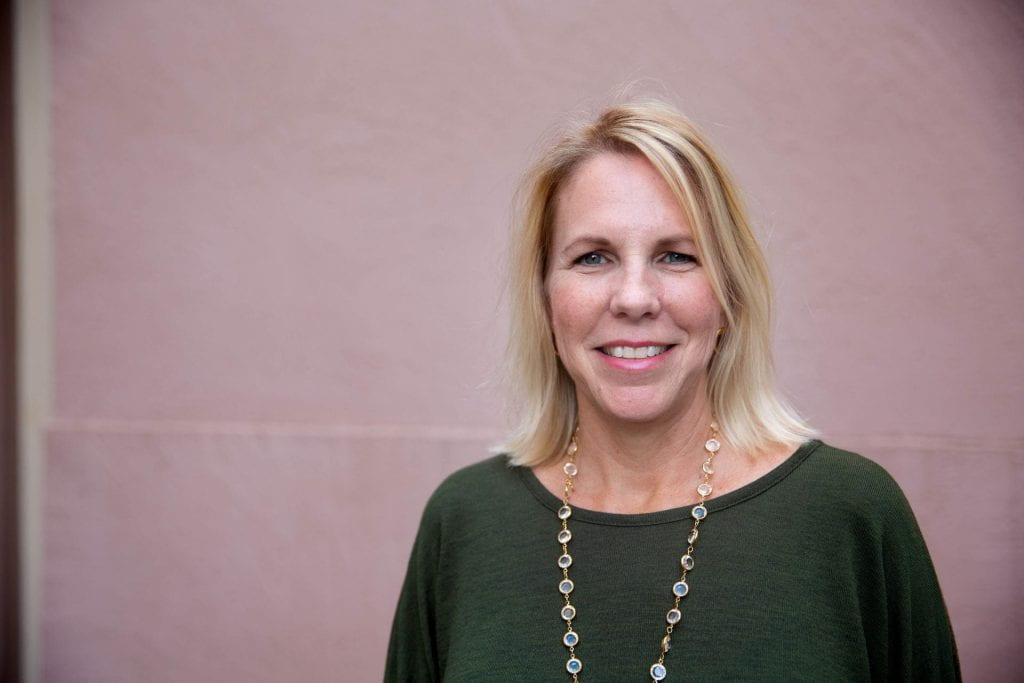[et_pb_section admin_label=”section”]
[et_pb_row admin_label=”row”]
[et_pb_column type=”4_4″][et_pb_text admin_label=”Text”]Stephen Zunes (Professor, Politics), Susan Katz (Professor, International & Multicultural Education) & Aaron Hahn Tapper (Professor, Theology & Religious Studies)
Since the three of us have been teaching and writing for many years about human rights issues, including those involving the Palestinians, we all have been watching in dismay as scholars expressing public criticism of Israeli state policy violating such international legal norms are being branded as ‘anti-Semitic.’ In the process, scholars have been censored, forbidden from speaking at conferences, and/or even denied tenure at their universities. As faculty in the humanities and social sciences, we are generally encouraged and obligated to expose and condemn human rights violations as they occur both in our own backyard as well as in countries around the world.
Criticisms of human rights abuses by U.S. allies have often been met with pushback; yet human rights opponents have been particularly successful in squelching criticisms of Israel, the world’s only predominantly Jewish country. Raising concerns about Israeli violations of the Fourth Geneva Convention principles in regard to occupation along with many other international human rights norms often leads to accusations of bias against the Jewish people and undermining their survival as a people (even if we are Jewish ourselves). This phenomenon seems particularly acute in institutions of higher education in the U.S., where supporters of Israel’s right-wing government have wielded unusually strong political influence. Our Center for Research, Artistic and Scholarly Excellence (CRASE) project was designed to examine these contradictions and address their implications for academic freedom in general at this pivotal moment.
Inspired by the fall forum co-sponsored by the Tracy Seeley Center for Teaching Excellence (CTE) and CRASE, our project addresses the current dangerous threats to academic freedom that are becoming widespread in universities under the veil of countering anti-Semitism. Our project has two components: First is writing and submitting a manuscript for publication in an academic journal. We have completed preparing this article, which looks at the broader political context as well as documents and analyzes cases in both the University of California and Catholic, primarily Jesuit, universities, where scholars critical of Israel have experienced harassment and/or repression. Furthermore, we examine the implications not only on academic freedom but also on campaigns for corporate responsibility, the growing threats from real anti-Semitism, and broader discourse on human rights, international law, and U.S. foreign policy. We are now considering which journal in the areas of human rights and peace studies will be most appropriate and impactful for its publication
The second part of our project is a forum at USF in Fall 2019. We are very excited to announce that this event will take place on October 22nd, with renowned critical feminist scholar and political philosopher, Judith Butler, as the keynote speaker. Butler is not only Maxine Elliot Professor in the Department of Comparative Literature and the Program of Critical Theory at UC Berkeley, but also she has been outspoken about current threats against academic freedom and how the charge of anti-Semitism against the movement for Boycott, Sanctions and Divestment (BDS) is being used to suppress activism (https://www.youtube.com/watch?v=B9gvj3SvcDQ).
Panelists
- Judith Butler, Hannah Arendt Chair, The European Graduate School + Maxine Elliot Professor of Comparative Literature and Critical Theory, University of California, Berkeley
- Zahra Billoo, JD, Executive Director, Council on American Islamic Relations (CAIR) San Francisco Bay Area
- Aaron Hahn Tapper, Mae and Benjamin Swig Professor of Jewish Studies, Swig Program in Jewish Studies and Social Justice, USF
- Stephen Zunes, Professor of Politics, USF
Moderator
- Susan Katz, Professor of International and Multicultural Education, Human Rights Education, USF
Mark your calendars for this special event on October 22, 2019 from 5–6:30 pm, in Berman Room, Fromm Hall. A reception will follow at Maraschi Room, Fromm Hall.[/et_pb_text][/et_pb_column]
[/et_pb_row]
[/et_pb_section]

